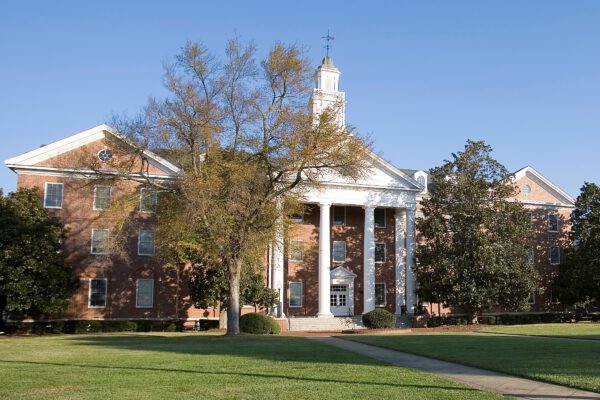
Using Data to Address College Affordability
February 3, 2020

How Much Does College Really Cost?
January 16, 2020

African American Borrowers Face Student Loan Crisis
January 3, 2020

The Expanding Affordability Gap at State Flagship Institutions
September 13, 2019





